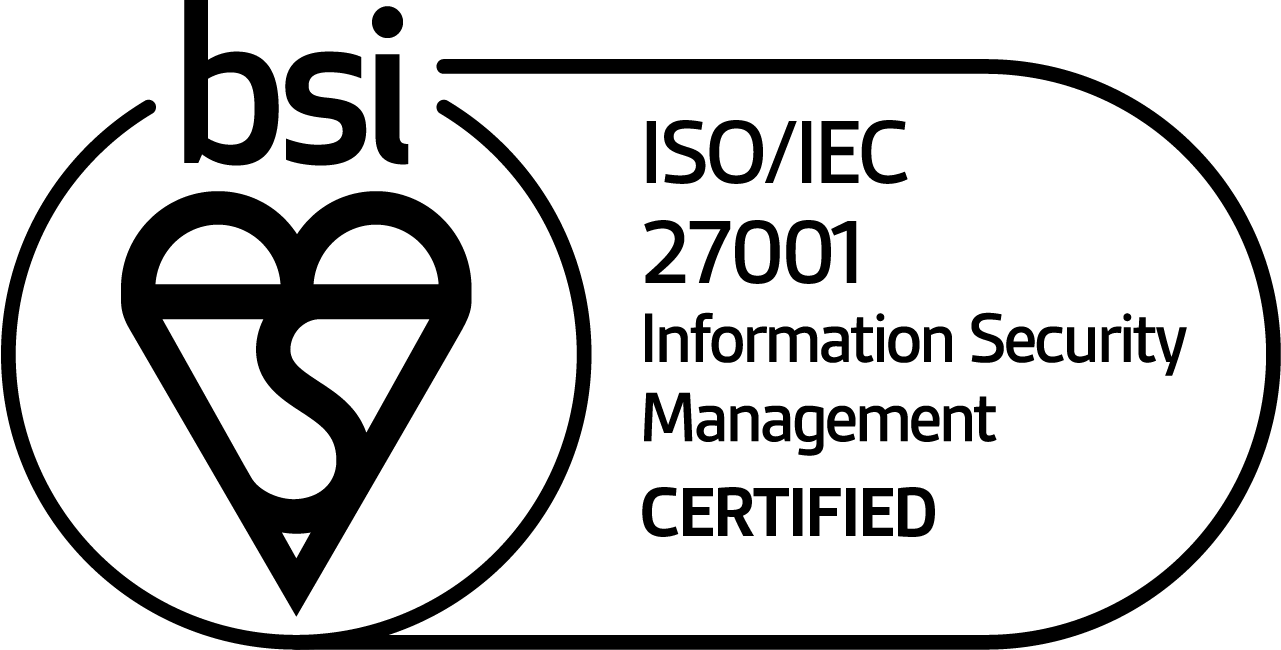Optimizing Credit Management helps prevent write-offs and increase working capital. We address the three main elements of effective Credit Management in this blog.
Automate credit checks
If you are a business owner doing or going to do business with a company, you want to know if that company can pay its bills. And how quickly they do so.
You want a 360-degree customer view with answers to questions like:
– What do financials look like?
– What is a company’s payment behavior?
– What business is behind a company?
– What does the structure look like?
– How long has a company been in existence?
– What industries does it operate in?
But how can you be sure that you have all the info of a company, from all the different systems?
Step 1: Obtaining a credit report or credit check
For a complete picture, you rely on a credit report or credit check. Because with credit information or company information you really know who you are doing business with. This can be done manually, but automation offers great advantages. Information is retrieved automatically from different systems. This not only saves a lot of time, but also creates more insight.
Step 2: digitize debtor management
If ten invoices are outstanding, you can easily call them back. As long as that is the case, you can often get along just fine with your existing ERP package. That is different when debtor management is more complex, for example with hundreds of debtors or with multiple administrations.
The solution
Then digitizing debtor management offers great benefits. Software helps to automate the process, linking different parts in the process and bringing together data from different systems. This allows you to do more in less time. All the data is in one place and reminders are sent automatically. The most important advantage: you get your money in faster, which reduces your so-called Days Sales Outstanding (DSO). By using credit management software from CreditDevice, a company’s DSO drops by an average of 30 percent.
Step 3: credit insurance
For many businesses, Step 1 and Step 2 mean enough for a big improvement. Invoices may still be paid late or sometimes not at all. The risk of unpaid invoices can be covered with credit insurance. In short, if a company doesn’t pay your invoice, the insurer covers the loss.
The solution
With CreditDevice’s PolicyManager, the status of credit limits is guaranteed to be up-to-date. The software provides continuous updates. Various notifications help you keep the risks manageable and take the required actions. In addition, the PolicyManager also automatically analyzes what the best coverage is at the lowest price.
Want to know more? Get in touch with us

